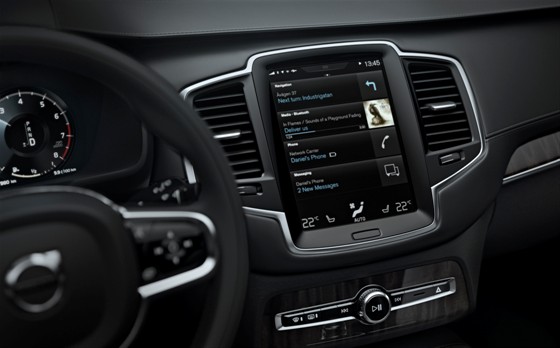More than half (53.8%) of consumers that responded to a survey don’t think they will have connected vehicle capabilities in their next vehicle because they won’t be able to afford it, don’t want it, or don’t think they should pay for it.
Automobile manufacturers (OEMs) are incorporating connected vehicle technology, with capabilities that will support improved vehicle performance, safer driving, and more customer engagement.
IDC Manufacturing Insights’ Consumer Connected Vehicle Study shows that consumers are looking for safety and convenience but aren’t necessarily able to value the improvements connected vehicles can deliver.
Successful original equipment manufacturers (OEMs) will be those that are able to define value appropriately and entice consumers with connected vehicle technology at the right price point.
The cost of connected vehicle technology remains a sore point for consumers. Safety may be a powerful benefit of connected vehicles, but that doesn’t always translate into consumer value.
Safety isn’t necessarily a given with all connected vehicle capabilities, and automotive OEMs will need to ensure that new functionalities, including Internet-enabled infotainment systems and navigation systems, allow the driver to operate with minimal distraction.
More connected consumers don’t plan to adopt connected vehicle technology significantly faster than others. Although 46.2% of consumers expect to have the capabilities in their next vehicle, 35.5% still believe they won’t be able to afford these capabilities.
Connected vehicles and connected devices must go hand in hand, as consumers continue to expect their digital identity to continue whether or not they are in vehicle. Alliances between OEMs, hardware players, software vendors, and infrastructure providers will be essential to serving customer and consumer expectations.
“Our research shows that consumers are looking for safety and convenience but aren’t necessarily able to value the improvements connected vehicles can deliver,” explains Kimberly Knickle, research director, IDC Manufacturing Insights. “Successful OEMs will be those that are able to define value appropriately and entice consumers with connected vehicle technology at the right price point.”
One of the major challenges for OEMs, comes down to the capabilities of the connected devices more and more consumers rely upon. According to IDC Manufacturing Insights research, consumers place high value upon their smartphone as the enabler of their digital identity. In fact, the majority of respondents indicated they would prefer to utilize their existing mobile devices when it comes to accessing digital services such as online radio, Internet, or navigation services.
To be successful, connected vehicles must leverage the capabilities that consumers already have on their smartphones and other connected devices today.




































































































